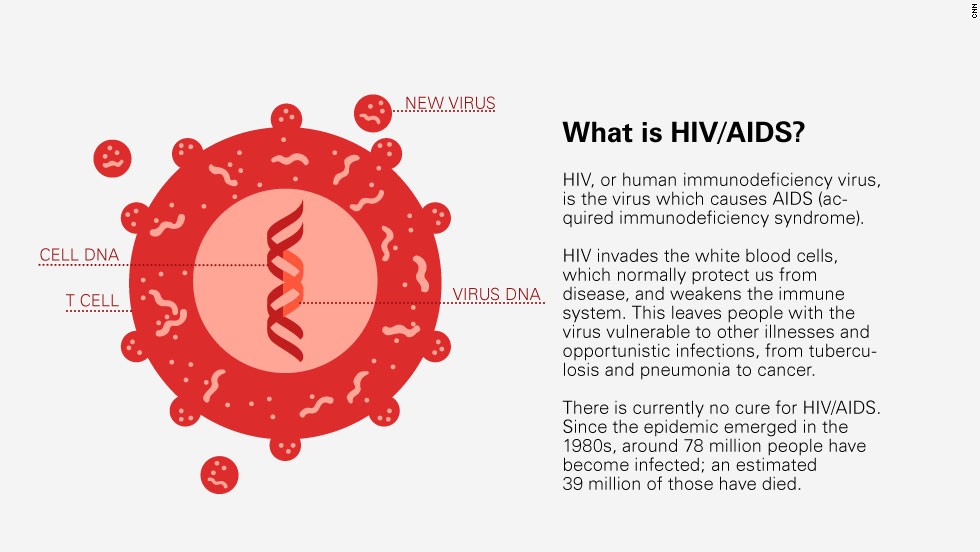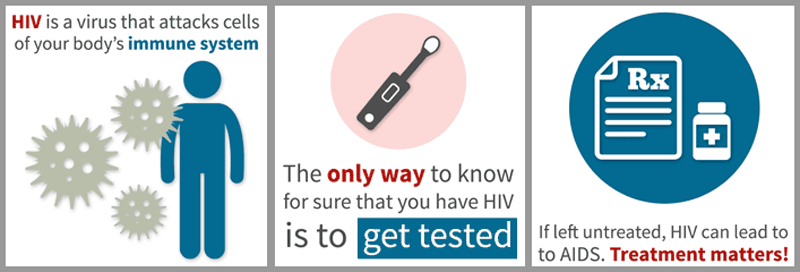World AIDS Day has fallen on the 1st December every year since it first begun in 1988. This year marks the 30th. It is an important day of the year, and many use it to try and raise awareness of HIV and AIDS. Throughout the years, the purpose of the day has changed as the disease itself has changed.

Unfortunately, there is still a great deal of stigma surrounding the disease. As they say on the World AIDS Day website, “we are winning the fight against HIV, but we are losing the fight against ignorance”.
Most people are completely clueless about HIV and AIDS. They remember what it was like in the 80s with those horrifying adverts on TV, and they don’t realise how much has changed. Here on the Escort Scotland blog, I decided to bust the biggest HIV and AIDS myths to keep you in the know.
What are HIV and AIDS?
People tend to use the terms HIV and AIDS as though they are the same thing. They aren’t. HIV stands for human immunodeficiency virus. The viruses damages the cells in your immune system, which can cause problems. Your body isn’t able to fight off viruses, infections, and diseases as it once was.
AIDS stands for acquired immune deficiency syndrome. We use this name to describe the various life-threatening illnesses and infections you can pick up as a result of the HIV. It isn’t necessarily AIDS that kills, but what you contract as a result of it. Pneumonia is one of the big problems people struggling with HIV face if they aren’t properly medicated.
AIDS cannot be passed on. Instead, it is the HIV which is transmitted. The symptoms aren’t always clear. In fact, some people don’t show any. You might experience a flu-like illness for a few weeks, but there often isn’t a huge red sign to tell you that something is wrong. This is why getting tested and knowing when you are at risk is so important.

How HIV is transmitted
Let’s keep this simple. HIV can only be passed on if infected bodily fluids get into your bloodstream. By ‘infected bodily fluids’ we mean blood, breast milk, semen, vaginal or anal secretions. It can be passed on from person to person, though the way that this happens is more limited than you might think. Unprotected sex is the big one, but there are other methods. Infected blood donation or organ transplants, injecting with an infected needle, or from mother to child either in pregnancy, childbirth, or through breastfeeding.
That’s it. Yet many people believe that there are more ways to contract HIV. There aren’t. People worry that something like hugging a person with HIV means that they are infected. That’s just not the case.
Want the full list of HIV and AIDS myths regarding transmission of the disease? AVERT has created a thorough list of myths to help dispel some of the thoughts people have about HIV. You can also take a look at the infographic below for a brief summary.

A cure for HIV?
Unfortunately, one of the biggest HIV and AIDS myths those living with it hear is that it can be cured. It can’t, at least not yet. However, the huge medical advances mean that antiretroviral treatment works amazingly well. Those living with the disease and properly medicated can live normal and healthy lives.
Yet there are still many misconceptions about the disease. Some think that you can prevent yourself from catching it in really unconventional ways, or that you can even cure the disease. Washing after sex, pulling out, or using the contraceptive pill will not stop you from getting HIV. Sex with a virgin is also not a viable method, and neither is herbal medicine.
Preventing HIV requires one of two things: condoms or pre-exposure prophylaxis. Commonly referred to as PrEP, pre-exposure prophylaxis is a daily course of antiretroviral drugs which can be taken by HIV-negative people. It protects them against infection, reducing the chances of catching it to near-zero.

Your life is not over
Time to get a little personal. Around ten years ago, I discovered that someone in my family has been living with HIV. At the time, my knowledge of it was extremely limited. I’d seen Rent and that was it. I believed all of the HIV and AIDS myths floating around, so I was really concerned about this family member. So I chose to educate myself and discovered that things weren’t all doom and gloom.
The effect that antiretroviral drugs have on someone with HIV are absolutely amazing. When properly medicated, the drugs reduce the level of HIV in someone’s blood to an undetectable level. This means that they cannot transmit it to someone else. Science has come a long way!
Not only that, but the medication means that they can live a perfectly healthy life. You can’t look at a person and tell if they have HIV. The symptoms can be different for each person, but there is no way to look at a person and know. The only way you’ll find out is to get tested, which is now easier than ever.

Testing for HIV
Testing for HIV is easier than ever. You might have heard of the recent campaign ‘give HIV the finger’. Depending on where you live and your circumstances, you might be eligible for a free self-test. All you do is give your finger a little prick and send your test back. Then you’ll be told your status.
Knowing your status is the best way to help prevent the spread of HIV. It is so easy to find out whether you are HIV positive or not, and it is something that we should all do. Getting tested is a great way to fight the stigma, as well as the HIV and AIDS myths surrounding the disease.
This year, we are being encouraged to #RockTheRibbon for HIV. Even if you decide not to wear a ribbon, you can still do your part. Stamp out the stigma when you hear it and tell people the facts. There are so many HIV and AIDS myths out there, and the best way to help is to show people that they are wrong.
- How to Write a Helpful Escort Review as a Punter - March 25, 2025
- Trends to Watch in the Adult Industry for 2025 - February 25, 2025
- End-of-Year Reflections: Assessing Your Growth and Goals 2024 - December 4, 2024
Please log in here to leave a comment.